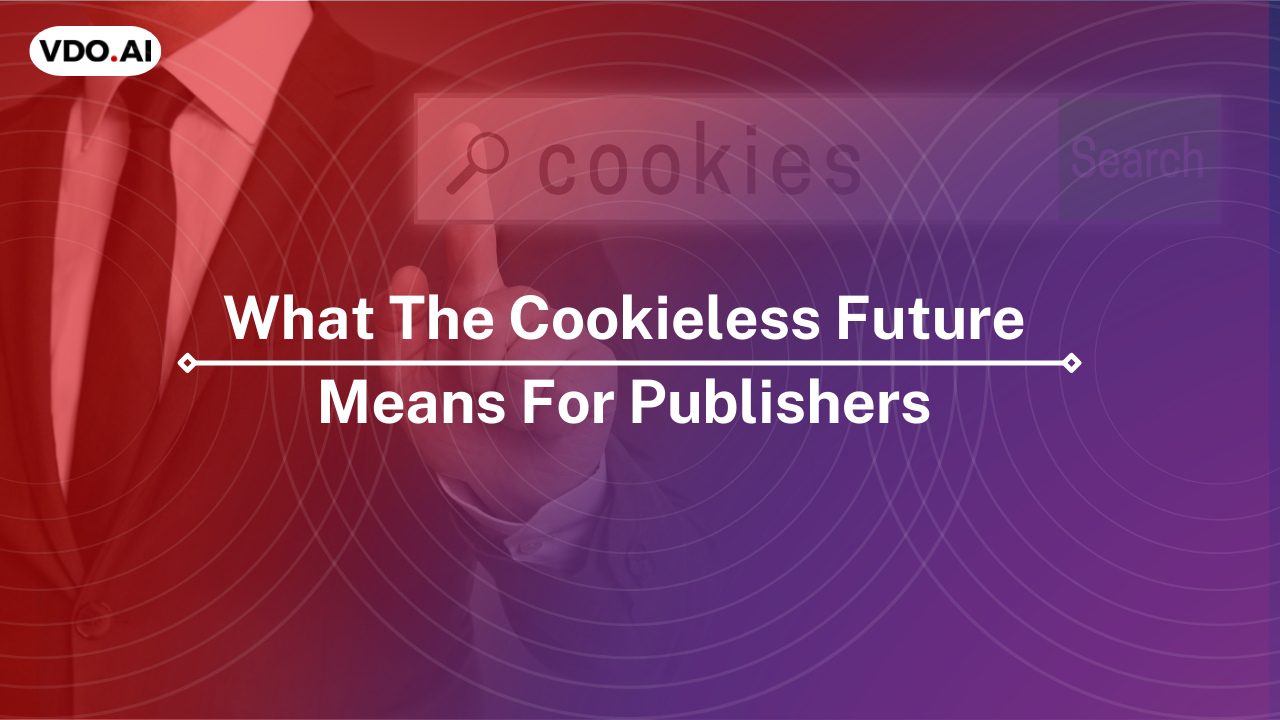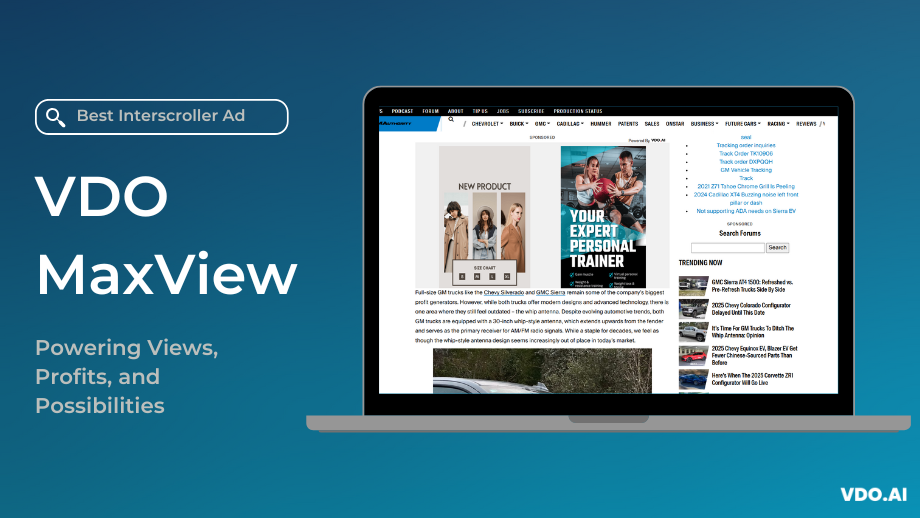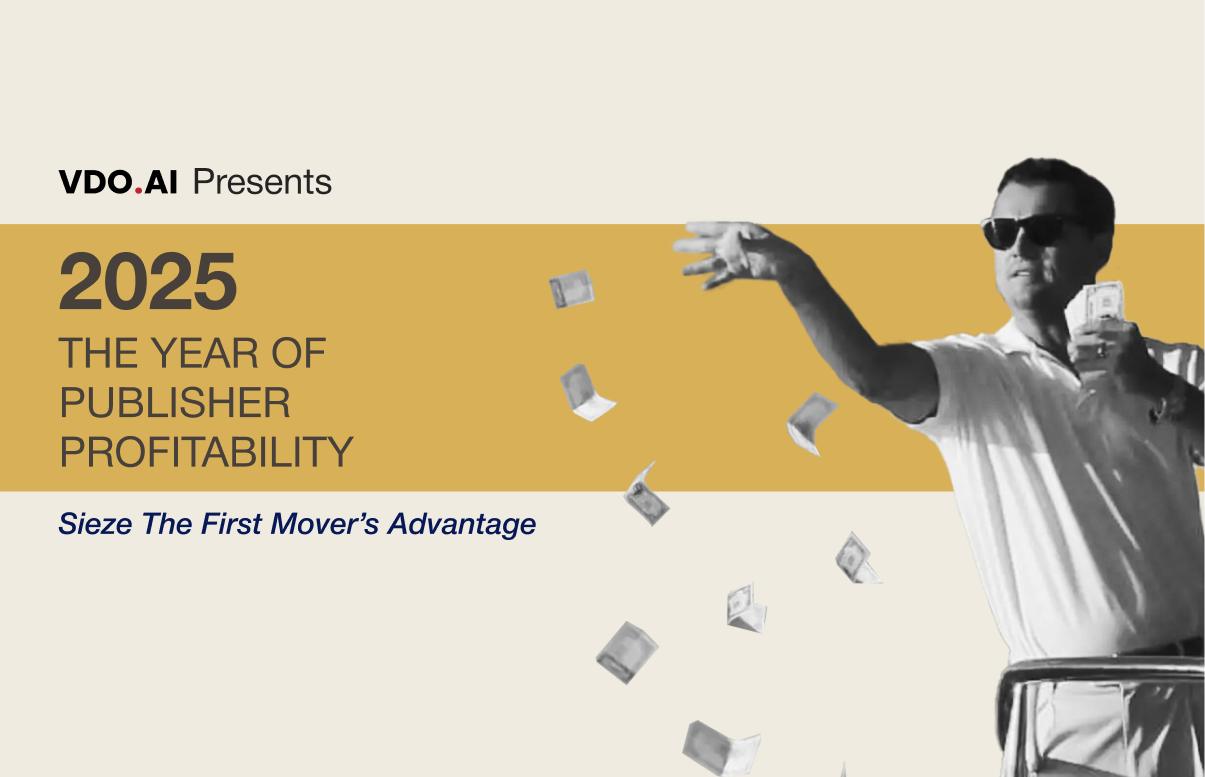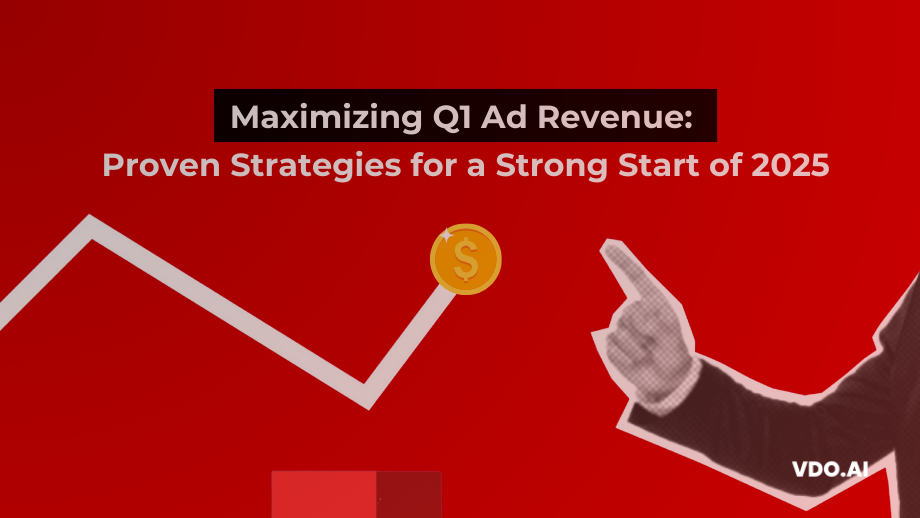What The Cookieless Future Means For Publishers
Reading Time: 4 minutesPublishers have relied on third-party cookies for many years to craft much of the customer’s online experience and monetize their content through targeted ads. The phasing out of these tiny files that assist publishers in delivering personalized ads is sure to have a significant impact on the publishing industry, owing to the Chrome browser’s unparalleled contribution to ad revenue. As of August 2022, Google Chrome accounts for 65.52 percent of the global web browser market share. The inability to identify website visitors in the cookieless era will make it difficult for publishers to drive targeted ad campaigns, which might result in a substantial loss in revenue.
While the deprecation of third-party cookies has been delayed by Google until the second half of 2024, the demand for consumer privacy and transparency in advertising efforts continues to grow. Sooner or later, the cookieless era is bound to come, and the only way for publishers to maintain their revenue share is to be prepared and explore cookieless monetization opportunities.
The Impact of Third-Party Cookie Phase Out on Publishers
Although at the cost of user privacy, the useful consumer data provided by the third-party cookies assisted in boosting ad effectiveness, which in turn increased user engagement and, ultimately, raised publisher revenue. In the coming cookieless future, various strategies will need to be thoroughly tested and analyzed before the same level of ad efficacy is achieved.
The removal of third-party cookies will affect publishers in the following ways –
1. Publishers will no longer be able to use frequency capping on their ads, subjecting users to repeated ads. This will most likely irritate the users.
2. Unable to identify user information, publishers won’t be able to build an audience list and serve customized advertisements.
3. Publishers will lose the chance to target and retarget users across the web for digital advertising campaigns.
4. It will get difficult for publishers to evaluate ad effectiveness, especially cross-device conversions, and view-through rate.
To overcome the above problems, it is imperative for publishers to welcome new targeting capabilities and stay updated with advertising trends if they want to continue generating revenue in the privacy-first digital era.
Prepping For A Cookieless Future
1. First-Party Data
With the increasing regulations for preserving data privacy, publishers must start leveraging first-party data. Since this information is directly obtained from the users voluntarily, it is a consented form of data and does not violate any privacy policy. Paid subscriptions and virtual events are the most common practices that can be utilized to collect first-party data, which when combined with other similar forms of aggregate data can create a macro perspective of consumers, helping to drive community engagement.
2. CMP and CDP
Publishers can tremendously benefit from platforms like CMP – Consent Management Platform and CDP – Customer Data Platform in the cookieless ecosystem. CMPs make it easy for publishers to manage consent on their websites while making sure that users are aware of how their data is being used. This helps in serving personalized content as well as ads without having to worry about any policy violations. CDPs, on the other hand, provide tools and advanced analytics for gathering and storing first-party data.
3. Consumer Education
Consumers are perplexed as the upcoming cookie changes are new to them as well. The growing importance of first-party data brings an opportunity for publishers to educate their audiences about how advertising helps keep the content affordable and accessible to them. Making the audience aware of the tradeoffs so they better understand how the data-powered advertising enables them to consume the free or ad-supported content will provide publishers a chance to establish trust and credibility.
4. Transparency and Control
To sustain in a privacy-centric world, publishers have to be transparent about data collection and usage. They need to ensure that none of their actions violate data privacy laws. The content on the privacy policy page should be regularly updated with the latest guidelines and written in a manner that is easy to understand. Publishers should let the users know what data is being collected and what benefit they are going to get in exchange for their data.
5. Contextual Data

Contextual data assists publishers in creating high-quality content that is relevant to the audience and resonates with their preferences. Creating new opportunities for ad inventory, the data helps publishers charge higher CPM for the specific audience.
Over the years, contextual advertising has evolved far beyond keywords or context and has proven to be an effective way to serve relevant ads to the target audience. The increased relevancy helps in getting the ad more attention, driving more clicks and conversion, thereby generating more revenue for publishers.
Conclusion
The changes in the current framework may seem challenging to adjust in the beginning, but they will eventually benefit publishers in the long run. The emerging solutions will open doors to new ways of interacting with the audience, building greater trust, and positively impacting their revenue.
VDO.AI’s advanced audience mapping strategies and multidimensional targeting approach help publishers generate incremental ad revenue by serving relevant ads across all platforms. The engagement-driven ad experience offered by the platform not only helps in maximizing revenue but also drives more page views.
Contact us here and get prepared for the cookieless world!





